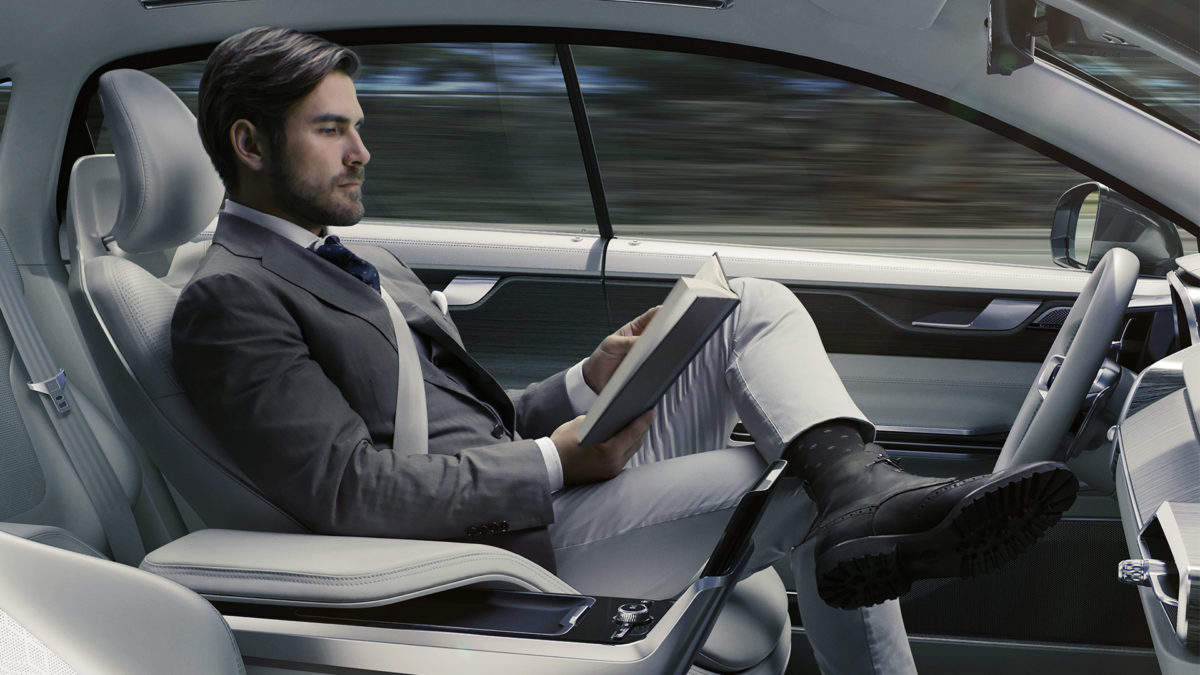Since its inception, in the beginning of the 20th century, the automotive industry has never been exposed to a higher pressure for change than today. Currently, there are 4 primary areas of innovation. Firstly, new business models are emerging. Secondly, new technologies are being developed and introduced. Thirdly, non-automotive corporates show increasing interest in the industry, and finally the automotive start-up landscape is growing significantly (Cathles, Corwin, Kelly, & Vitale, 2015).
Alternative Business Models to the established vendor model of Original Equipment Manufacturers (OEMs, for example BMW, Volkswagen etc.) are emerging. One of the most prominent examples are ride-sharing business models, which are driven by a shift in mobility preferences from vehicle ownership to pay-per-use mobility (e.g. Uber: platform-based, and car2go: inventory based). In addition, Technological Changes are spreading within the industry (Cathles, Corwin, Kelly, & Vitale, 2015):
- Powertrain Technologies: Battery and hydrogen fuel cell electric vehicles
- Connectivity: Rapid advancements in the internet access of vehicles enables them to connect to the transportation infrastructure, as well as to other cars
- Autonomous Vehicles: enabled through developments in connectivity, radar, laser light, and GPS
Crucially, these changes do not only exclusively originate from incumbent players.
Between the 1970s and the end of the century the automotive industry was represented by a small group of approximately 43 OEMs and Tier 1s (direct suppliers of OEMs). Since the turn of the millennium however, the number of players in the automotive industry has grown to well over 1000 companies. On the one hand, Non-Automotive Corporates started to participate in the automotive industry (Singh, 2017). For example, Google is investing $30M YoY in a program for the development of autonomous vehicles. On the other hand, the number of Automotive Start-ups has increased more than twofold between 2010 and 2016 from 512 to 1355 ventures (total funding 2010: $12B; 2016: $40B) (Zinnov, 2016). To summarize, the current industry regime that has been well established for over a century might at the tipping point of a major revolution (Nunes & Downes, 2013).
What do you think, will the incumbents of the automotive industry weather the storm? Or will tech-companies and start-ups take the steering wheel? Share your thoughts!
References
Cathles, E., Corwin, S., Kelly, E., & Vitale, J. (2015). The Future of Mobility. Deloitte.
ira, W., & Nagle, P. (2017). Around the World Global Sales and Production Forecast. IHS Markit.
Gao, P., Kaas, H.-W., Mohr, D., Möller, T., & Wee, D. (2016). Automotive revolution – perspective towards 2030. McKinsey & Company.
Nunes, P., & Downes, L. (2013). Big Bang Disruptions Are Transforming The Automotive Industry. Forbes.
Singh, S. (2017). Intel’s Acquisition Of Mobileye: What Is Intel’s Game Plan In Automotive? Forbes.
Zinnov. (2016). Automotive Start-Up Scan. Zinnov.

